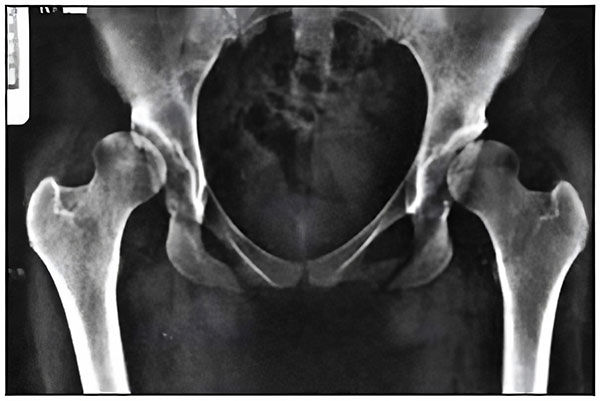Hip replacement is the surgical treatment for acetabular dysplasia. There are a number of considerations in deciding the best time to do this operation. Artificial joint replacements are reliable and safe.
Younger patients have a much higher chance over their lifespan of requiring increasingly complex re-operations to revise failed artificial joint replacements. In selected patients, early surgical intervention can slow or prevent the progression of joint damage and improve symptoms. Knowing which procedure is most appropriate for an individual patient requires clinical assessment.
Learn more about Total Hip Replacement at SOTRS


